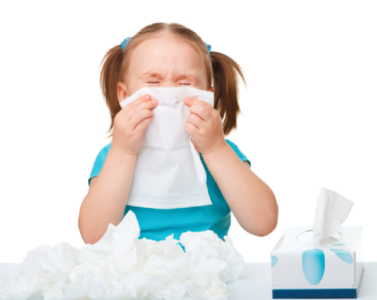Allergies: As springtime approaches, what’s the air quality in your home?
Air filtration, odor reducers and air cleaning systems… the list can go on and on! But rest assured that the Environmental Doctor in Dayton, Ohio is here to help in regards to personal home air quality. We have qualified technicians who offer the best service for home air testing in Dayton, Ohio. As winter finally comes to a close, many will begin to spring clean and many will experience spring allergies. Although most allergies and sinus problems go away after sometime; for others, they tend to stick around.

Could this be due to your indoor air quality? It could be. There are various factors as to why your sinuses keep flaring up weeks after the initial springtime allergy season. These factors can also be found in your own home.
Dust is the top reason why so many suffer from poor air quality indoors.
Perhaps you’ve used an air purifier or an indoor air filter for months during the winter… well guess what, that dust and those air particles related to animal dander, dust mites and pollen don’t necessarily leave the house. Instead, these particles settle in your furniture, in your carpets and inside other areas of your home. Maybe it’s time to get a home air tester? Other causes for sinus problems and indoor air allergies can be related to your furry friends (dander), cleaning products, houseplants and undetected mold.
If you suffer from nasal dryness, this could lead to thickened mucus, congestion and worsen sinus problems all together. We have to remember that indoor air pollution is usually invisible and rarely thought to be the culprit to our allergies, fatigue, headaches, and sinus problems. After successfully getting an air quality test from our experienced and reliable technicians at Environmental Doctor, we can pinpoint the problem and you can take better care of your health with a peace of mind.


 There are lots of variables as to why your indoor air may be lacking in quality. Mold, formaldehyde, fire-retardants,
There are lots of variables as to why your indoor air may be lacking in quality. Mold, formaldehyde, fire-retardants,